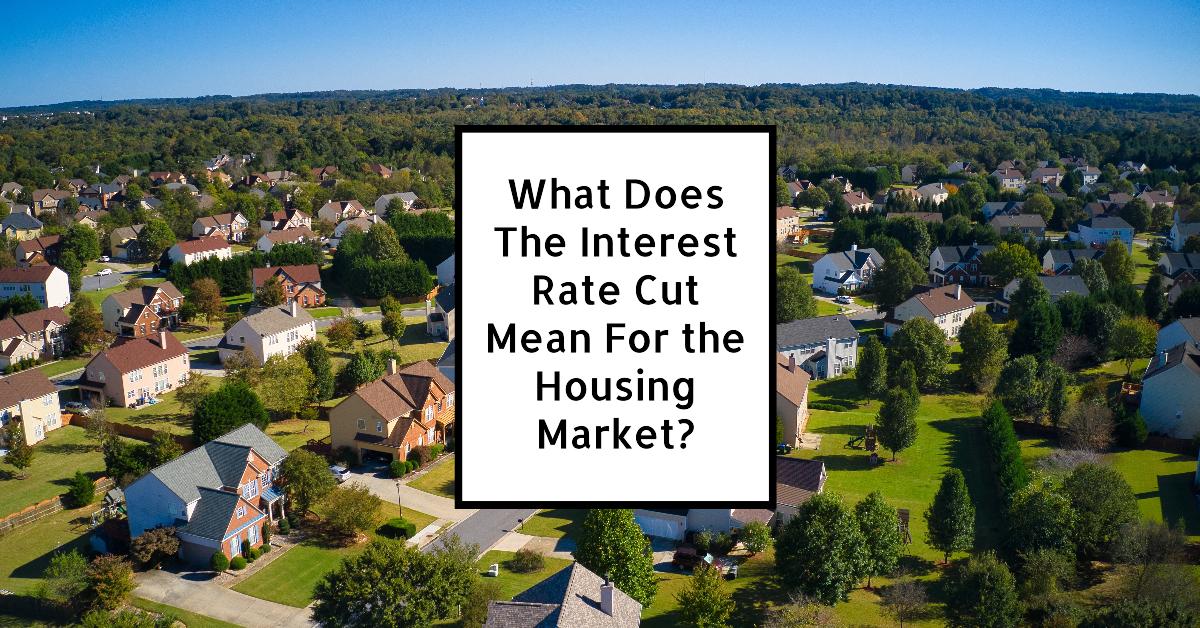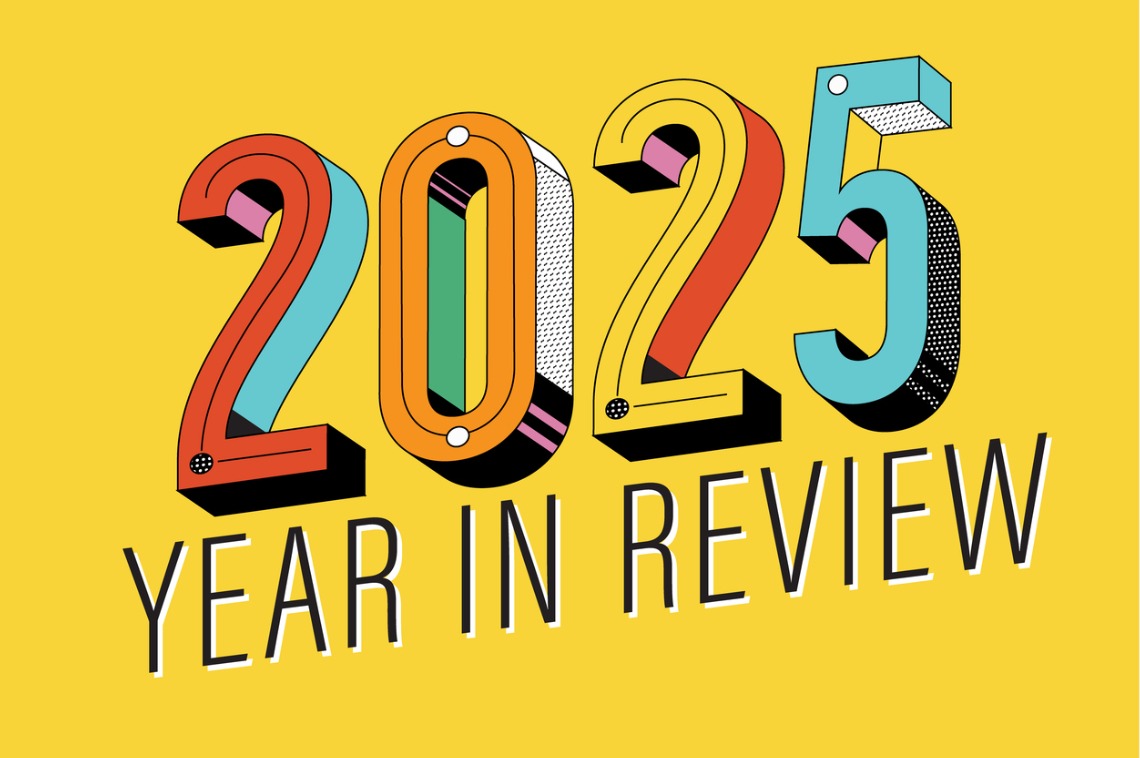T
he Federal Reserve's recent rate cut is set to bring about significant changes to the housing market. In September 2024, the central bank lowered its benchmark interest rate by 0.50 percentage points, marking a shift in policy approach after four years of no reductions.
This move could influence mortgage rates and consumer behavior, with potential implications for homebuyers, sellers, and the real estate environment. Key takeaways include:
* A significant reduction in borrowing costs
* Potential for lower mortgage rates, although effects may vary
* Increased buyer activity due to improved affordability
* Home prices may rise as demand increases
The Fed's decision reflects concerns over moderating inflation and aims to stimulate economic activity. By cutting rates, the central bank is injecting life into the housing market, which has faced challenges in recent years.
Understanding the impact of the rate cut on mortgage rates is crucial. The Fed's interest rate influences borrowing costs across various segments, including mortgages. When they cut rates, lenders can often adapt by lowering their own rates for home loans.
The average interest rate for a 30-year fixed mortgage has declined to approximately 6.2%, the lowest level since February 2023. This change suggests a tangible opportunity for new homebuyers, especially those who had been waiting for a more favorable environment to enter the market.
However, while it's easy to associate the Fed's cut directly with falling mortgage rates, the reality can be more nuanced. Mortgage rates may decrease slowly after the Fed announces a rate reduction due to market adjustments and future economic conditions.
Buyer behavior is expected to change in response to the rate cut. The prospect of decreased borrowing costs often has the desired effect of increasing buyer activity in the housing market. As buyers react to the news, there is an increasing sense of urgency to lock in a mortgage before further changes in rates and home prices occur.
Increased buyer interest could lead to greater sales of homes, positively affecting markets that have seen stagnation. Experts note that we may witness a surge in home sales as new buyers prepare to take advantage of the decreased down payments and monthly mortgage obligations that come with lower rates.
However, this uptick in buyer activity does not exist in a vacuum. Many current homeowners may decide to retain their properties rather than sell, especially if they enjoy a low mortgage rate inherited from previous lending conditions. This situation leads to what many call the "lock-in effect," whereby existing homeowners stay in their homes to avoid losing favorable mortgage terms, thereby limiting available inventory in the market.
The potential for rising home prices is also a consideration. Although the Fed's rate cut aims to improve affordability, there is a paradoxical effect where lower rates can inadvertently drive home prices higher. As more buyers flood into the market, they compete for a limited number of listings, which can create upward pressure on prices.
Analysts and real estate professionals caution that while new buyers may appreciate lower borrowing costs, they must also navigate a market where increased demand compels sellers to raise their prices. As the competitive landscape heats up, homes may continue to appreciate in value despite the ostensibly better financing options available to buyers.
The broader economic context plays an equally crucial role in determining how these changes will manifest in the long term. Several factors, including job growth, consumer spending, and inflation, will heavily influence housing demand and market dynamics.
If the economy stays strong and job markets remain stable, demand for homes may escalate, effectively safeguarding or even increasing home values. Conversely, if inflation rises or economic uncertainty sets in, buyer demand may dwindle, even in the face of lower mortgage rates. This uncertainty can lead to a more cautious approach among potential buyers, lessening the expected impacts of the Fed's actions.
The demographic trend of millennials and Gen Z entering the housing market could heavily influence demand. As the younger generations seek homeownership, the already tight housing supply combined with lowered rates could see prices soar further.
In conclusion, the recent Fed rate cut represents a significant shift for the housing market, showcasing the delicate balance between lowering borrowing costs and the dynamics of supply and demand. As potential homebuyers eye the changes in interest rates, the interplay between mortgage rates, home prices, and economic conditions will define the market's trajectory in the coming months.
As we digest these developments, one thing remains clear: the Fed's response to economic pressures has immediate effects, but the long-term impact will depend on how buyers and sellers adapt to the new environment in the evolving housing market.













